Tips To Improve Your Banjo Playing
Whether you are an experienced banjoist or a novice, it is always fun to find out ways to improve your playing. I have a few suggestions that might help you get “in shape” for the height of the festival season that is just around the corner!
- First thing on the list is to give your banjo some set up TLC. The Deering maintenance manual can help with further details on the following suggestions.
- Install a fresh pair of strings if the set you have on now is more than 3 months old.
- Tighten the banjo head/replace it if needed.
- Check your picks to be sure there are no nicks in the edges that might prevent you from getting the best sound as you pick away.
- Check your bridge placement using the harmonics at the 12th to find the “sweet spot.”
- Install a new compensated bridge for better intonation or check you old bridge to be sure that the saddle is nice and straight and now “bowed”…if bowed, get a new one!
- Make sure the battery on your electronic tuner is fresh. That way if you do use an electronic tuner; you can be sure it is accurate.
- Practice daily, BUT TRY SOMETHING NEW. This will make the practice a lot more fun. Look for a new song that will challenge you or if there is some lick/chord in particular that needs “a little polish”, find a new song that includes that to make the “polishing” that much more fun. I was watching the new “Muppet Movie” on TV and ran straight for my banjo when it was over. “The Rainbow Connection” has always been a favorite and I couldn’t wait to spruce up my playing with that song. See? It doesn’t take much to spur you on! We have books with a nice selection of traditional tunes available here. Try to squeeze out 20 minutes in the day. You can use a banjo mute so you can watch TV with the family and not disturb them. You could practice roll patterns and slowly build up the speed. You might even try using a metronome for the speed exercises. But remember…CLEAN notes are what you are after, not just fast!
- Attend a workshop or conference in your area. Many music stores will offer workshops around this time of year to encourage customers to drop by. Look for a festival in your area as they often have free or reasonably priced workshops or “camps” that will make the learning just that much more fun. The Huck Finn Jubilee in Victorville, CA in June will have free jam banjo lessons sponsored by Deering this year with instructor Andy Rau, as well as a modestly priced banjo camp-style lesson session run by a Pete Wernick trained instructor.
- Attend a jam session: Look up our local bluegrass club on the internet and see where they are meeting to jam. Sometimes, as in San Diego, it is at a local restaurant so your family can come along and enjoy a nice meal and stay to hear some friendly picking. Who knows…your kids or your spouse might get enthused by the sound of all the fun!
- Take a music class: Your local music store will be your best resource to guide you in finding the classes or check with your community college or adult school programs. One enterprising fellow in New Jersey found the local bluegrass radio program and called them. They were able to put him in touch with a club he did not know existed and from there his circle of players grew. You never know until you make those calls what will await you.
- Subscribe to a music magazine: Sing Out Magazine has lots of musical tab inside for all types of instruments. Banjo Newsletter always has a new song or two plus great articles about banjo players and tips on banjo set up, etc. Bluegrass Unlimited will have information on new players, CDs, etc. to help encourage you. There are any number of periodicals that I am sure will inspire and educate.
- Record yourself: I think you will be surprised at what you hear. It will tell you where your strengths are and what needs to be worked on. This is also a great way for you to have an audio history of your progress. Don’t let it discourage you…let it be a fun way of helping you improve and of giving you an appreciation of that CD collection you have. Nothing is better than trying something yourself to appreciate what others have seemingly done with ease. If you want, make your own CD of your playing and share it with others. Knowing that someone else is going to listen to it will motivate you to practice and do your best.
- Listen to lots of players and try some new genres: Pull out those CDs you love or get a new one or download some on iTunes. This is also a fun way to find that “something new” to practice. Remember, let them inspire you, not intimidate you. Everyone has to start somewhere and those artists would be the first to encourage you to open yourself up to new experiences.
- Attend a live performance. It does not have to be banjo music, just live music. Because you play, you will appreciate the polished performance of the professional. Also, because you play, you will notice that most of the time the performance is not flawless…but it is pleasing and entertaining. Watch someone you admire; see what he is doing that you can emulate; figure out why you like his music. You might even ask if they give lessons…who knows?
- Attend an instrument trade show. It is fun to see what is out there on the market and most trade shows or traveling shows will have a wider variety than is normally available at your local music store. The musicians who demonstrate can inspire you to try something new. You can learn what makes the instrument so special by talking to the manufacturer’s representative. As a Deering employee who works our trade shows, I just love talking banjo to everyone who stops by and I have made many new friends this way. Getting to know the representative makes those technical calls that much more fun for both of you.
- Form a jam group of your own. Find some buddies who might like to play with you. Everyone grows this way. Playing by yourself can be lonely or boring. Playing with others will encourage you to practice as you will be meeting with them to go over the new tunes. Inquire in your church, local music store, on Craigslist, or even your local grocery store can have a community bulletin board for you to review for something like this.
- Take private lessons. Finding a banjo teacher can sometimes be hard. Check with your local community college music dept. or music store to see if you can find a referral. There are lots of new online resources for lessons these days. You could try the Tony Trischka website; his school of bluegrass is getting rave reviews. Or some teachers use Skype to offer lessons…so you don’t always have to have a local resource. A teacher can watch what you are doing and offer a more exact picture of where you need improvement and how it can be accomplished. Record you lesson if he allows it so you can focus on what he is saying while at the lesson and review it later.
- Teach someone you know to play. This can be lots of fun. It’s a good way to form a group…kind of the “home grown” approach. You can look for a simple tune…and make it fun. Start very simple so you don’t discourage your new students. This will encourage you to learn…so you can stay one step ahead of your student. JYou might even like to form a group so YOU can learn a new song or instrument too. The group could take turns teaching one another.
- Buy a new banjo. Of course, the thrill of a new instrument can’t help but instill you with fresh enthusiasm. At Deering we have many quality American made banjos to choose from. I put this one last just you would know that our aim is to help you grow as a musician, not just sell more banjos. We want you to improve and certainly a new banjo can do that for you. But there were other ways that I wanted you to read about first.
In conclusion: I am sure you can think of even more ways to improve your playing.This list could be endless. Send me your ideas so we can share them with others.
PLAY…FOR THE LOVE OF PLAYING.
MAKE MUSIC BECAUSE IT IS JUST PLAIN FUN!!
And there is no better time than NOW.
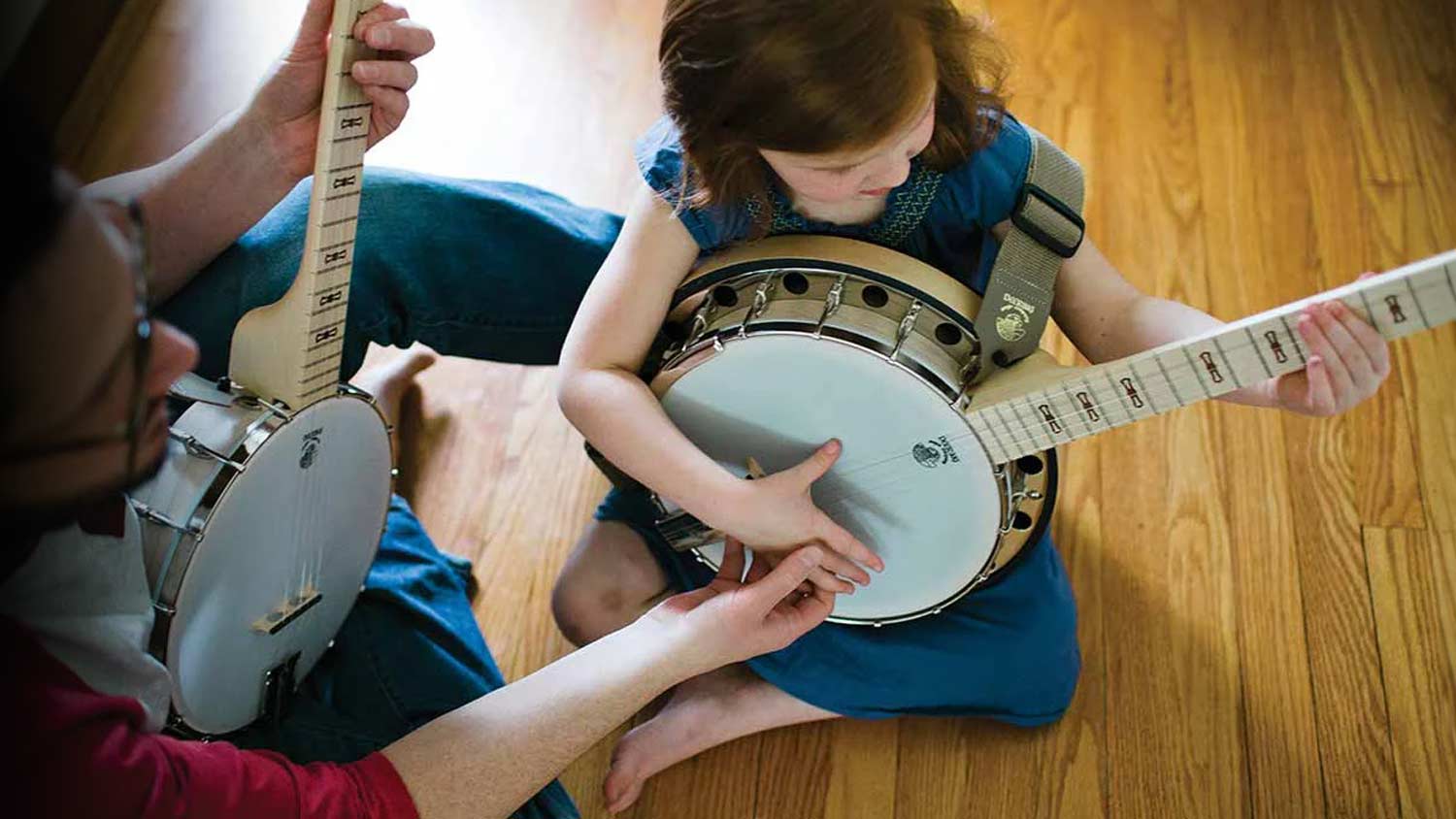



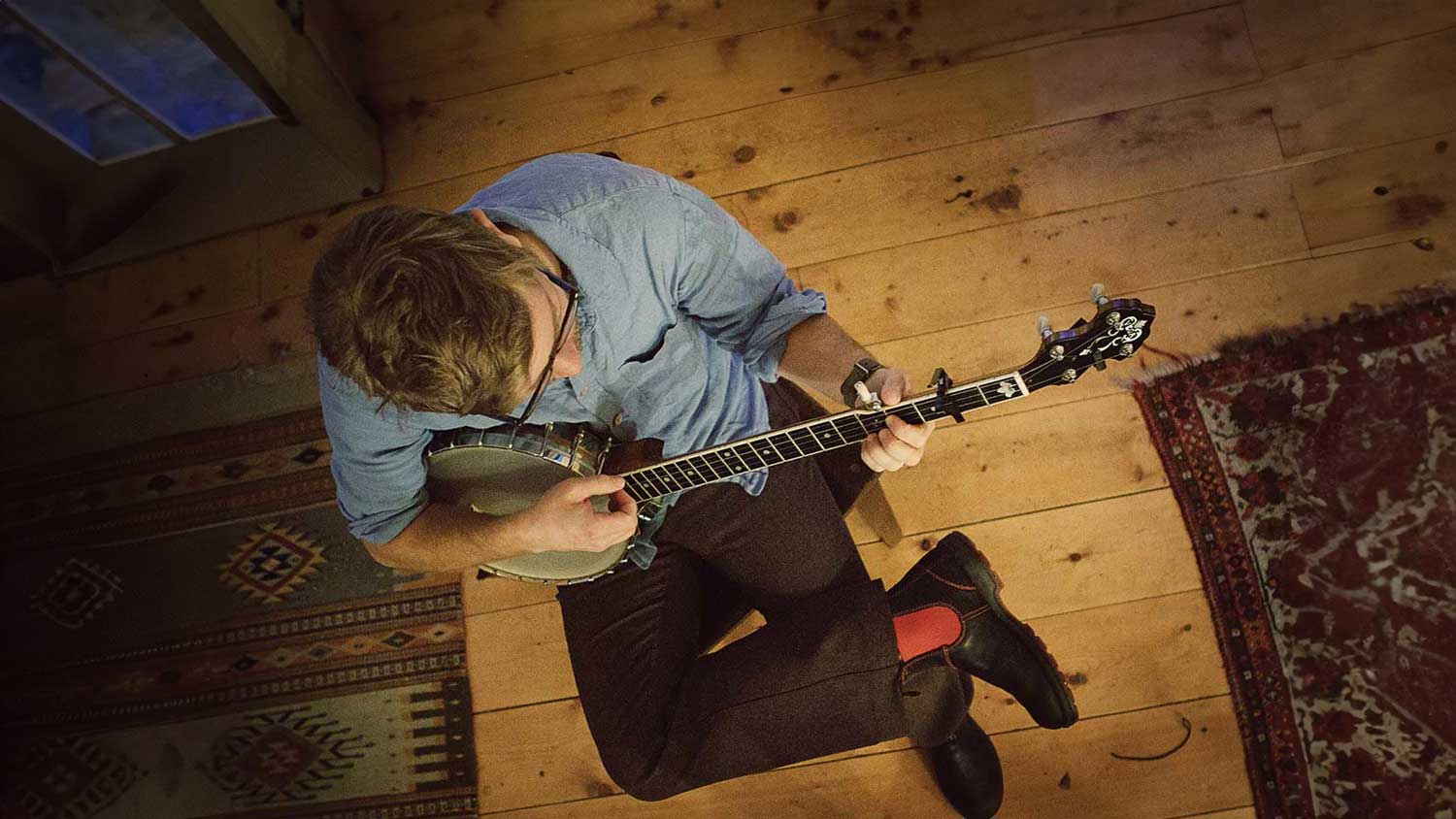
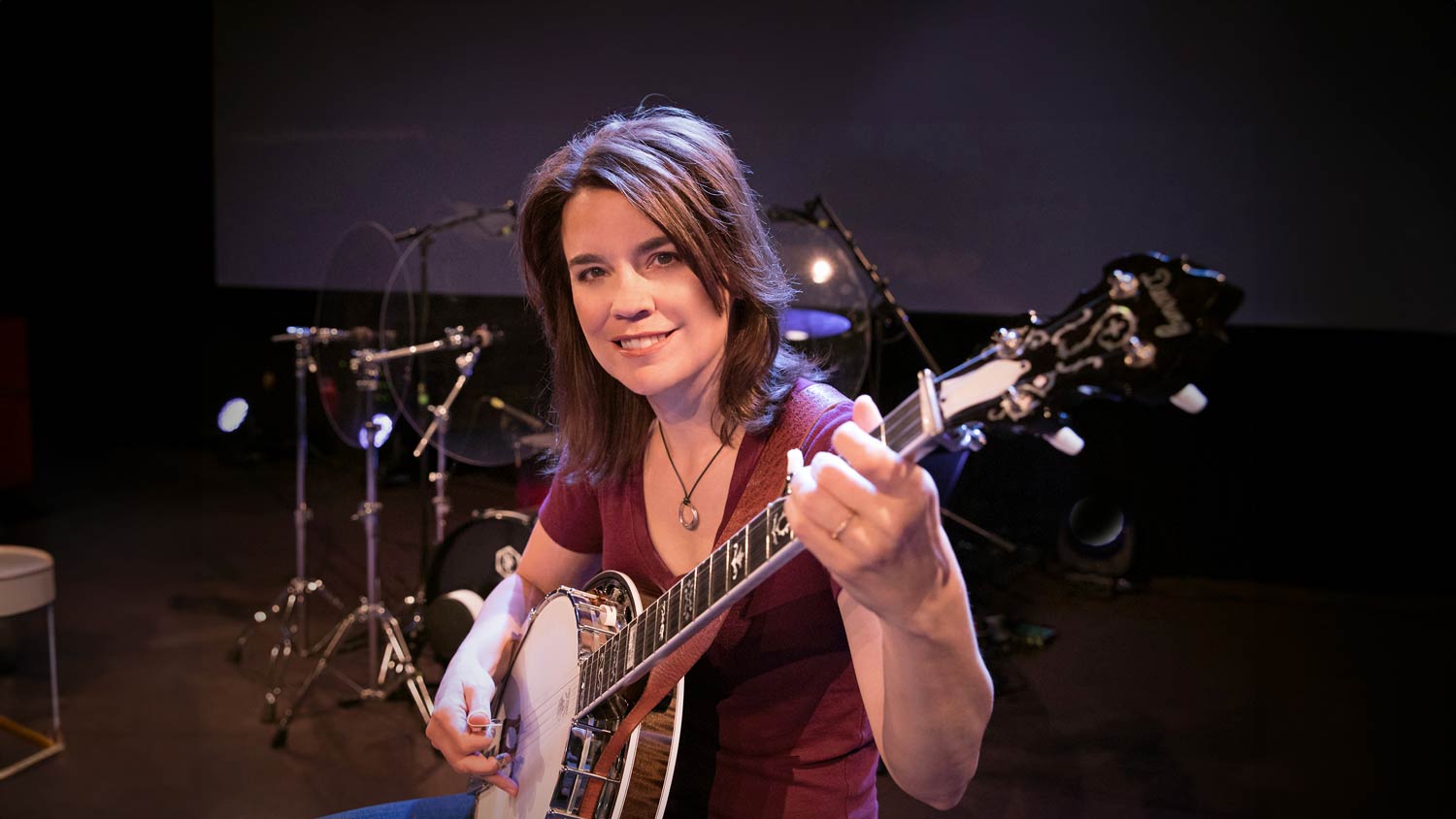

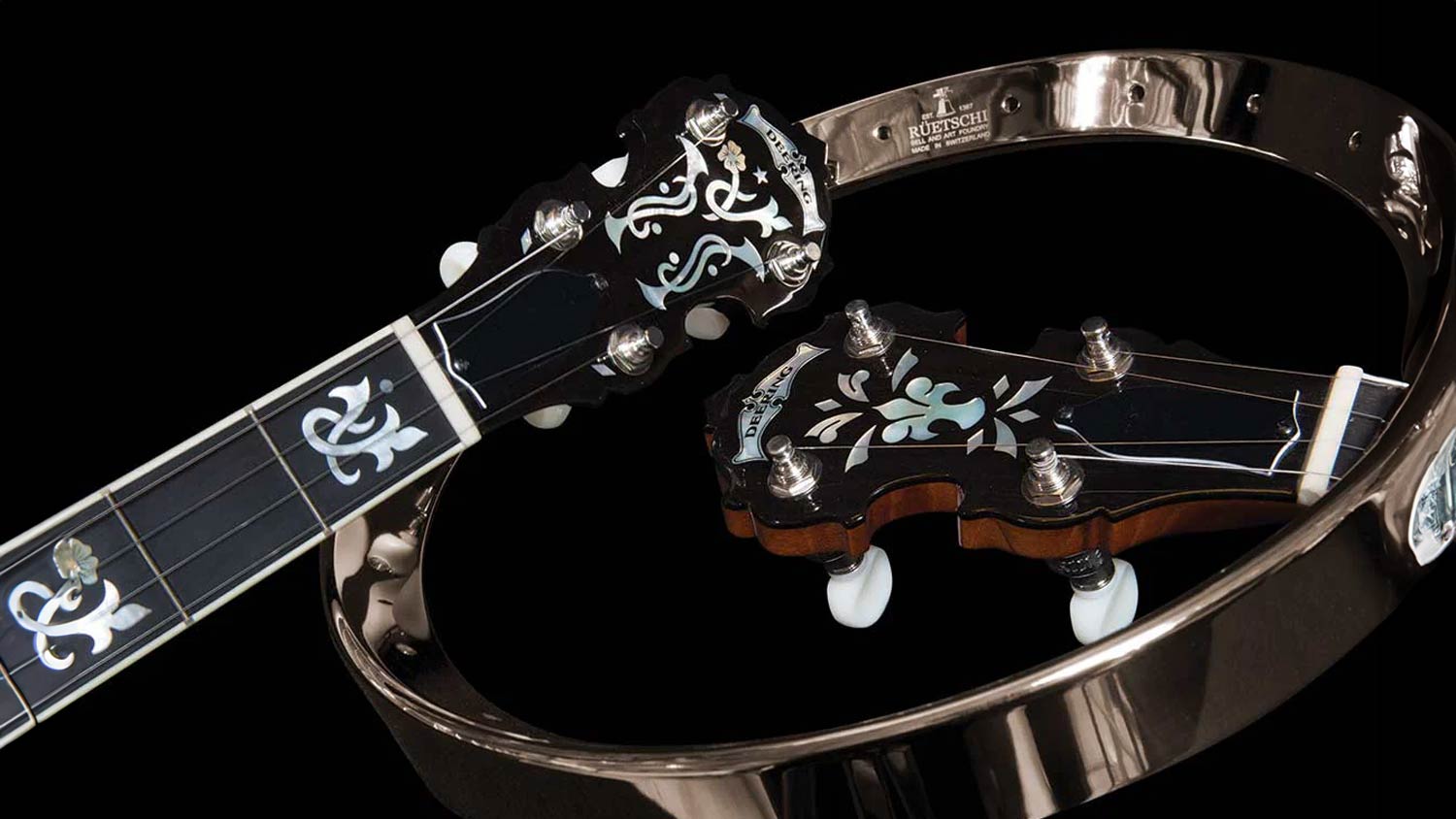

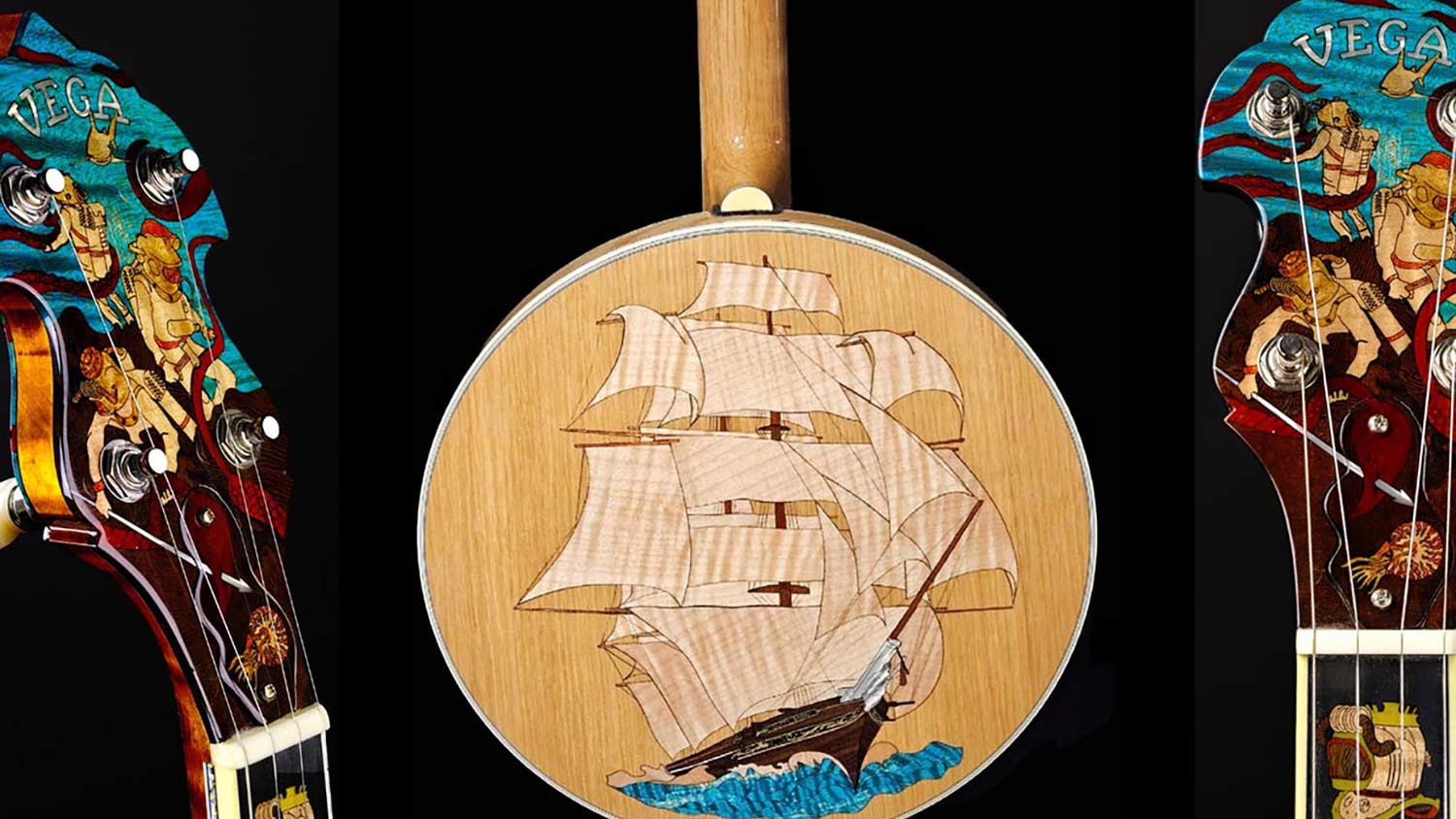





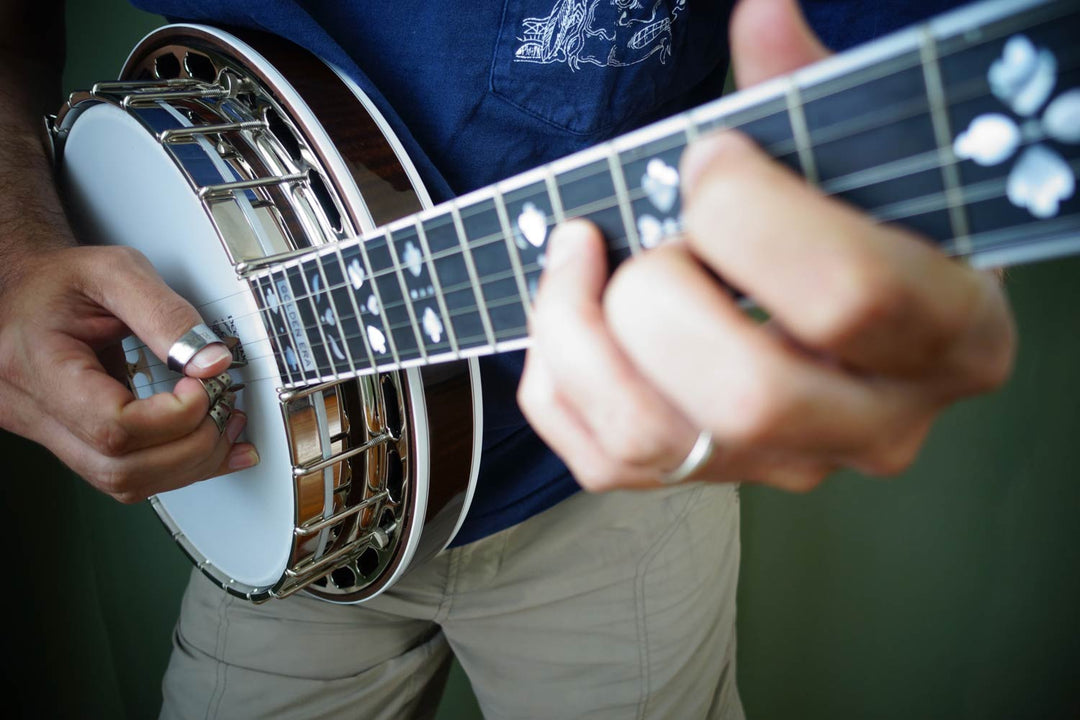
Brilliant! I love the way you give your student a “real life” example to illustrate what you are talking about. I am so pleased that we are hearing from everyone with great ideas on how to improve and inspire other banjo players.
Thank you for taking the time to pass this very good hint on to all of us.
When I am working with newer banjo players one problem I often see is in their picking style. There is a tendency to strike the string from a distance of sometimes .5 – .75 inches away. I advise them to think about scratching an itch, where you would not scratch the itch from .5 inches away, but you would put your finger on the itch and start the scratching motion from there. The idea is to reduce the distance of your finger motion, thus covering less distance and getting better control and, ultimately, better picking speed.
We have a very nice one on our website online store, www.deeringbanjos.com. Just put “mute” in the search.
Thanks, Frederick. I wrote the article in hopes of helping us all to improve our playing and having fun with the banjo.
I was suggested this web site by my cousin. I am not sure whether
this post is written by him as nobody else know such
detailed about my difficulty. You are wonderful! Thanks!
Leave a comment